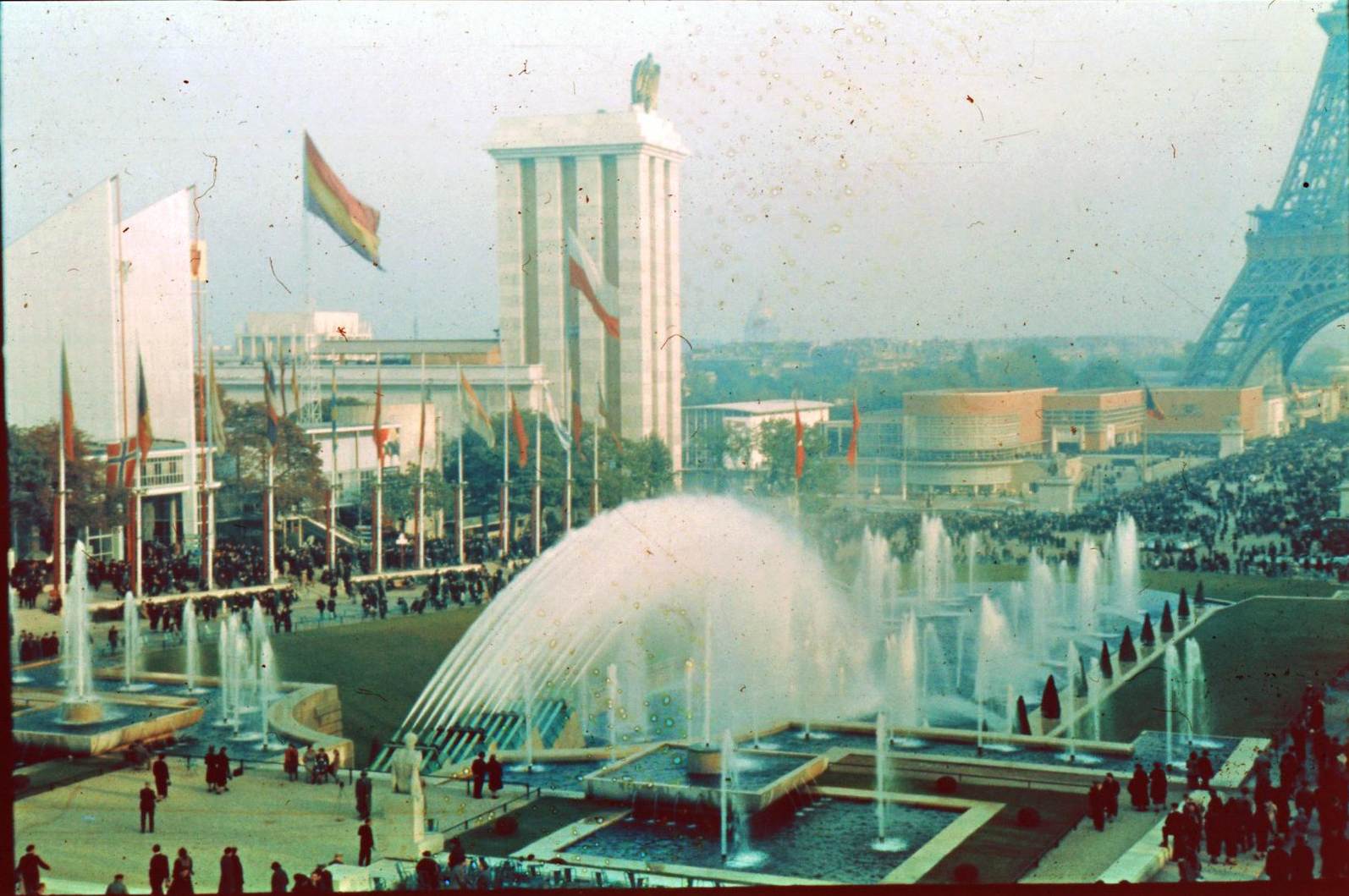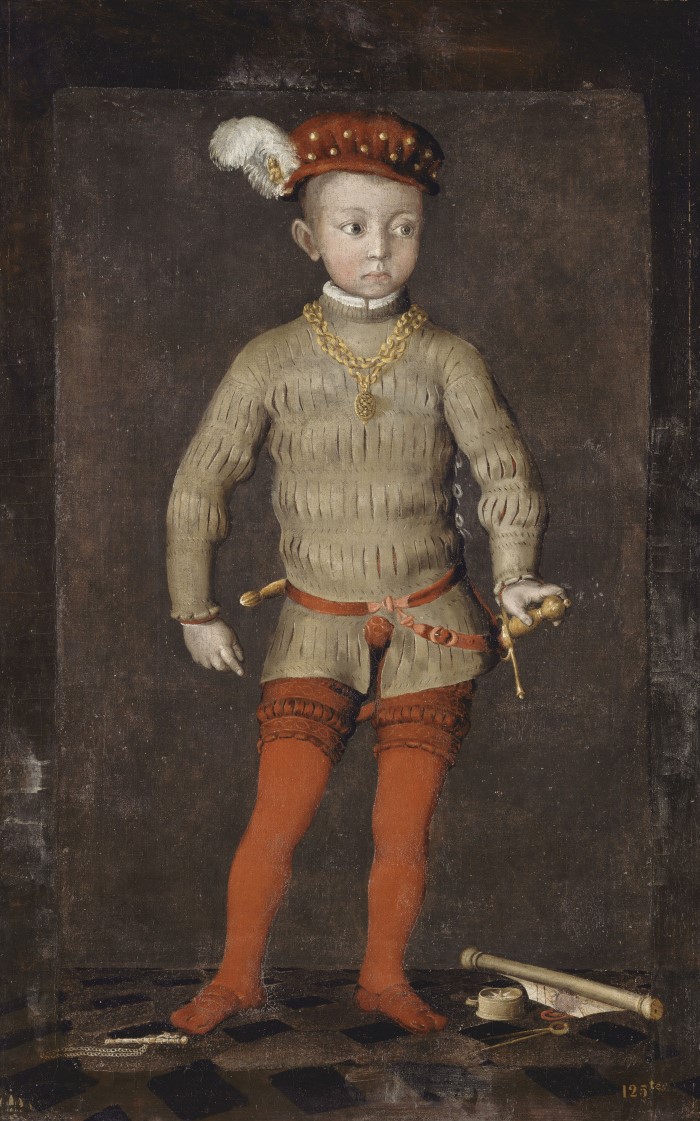|
Trocadéro Palace
The Trocadéro Palace was an Eclecticism, eclectic building of Moorish architecture, Moorish and Neo-Byzantine architecture, neo-Byzantine inspiration dating from the second half of the 19th century. Located in the 16th arrondissement of Paris, 16th arrondissement of Paris, on the Convent of the Visitandines de Chaillot between the Trocadéro, Paris, Place du Trocadéro and the Jardins du Trocadéro, gardens of the same name, it comprised a 4,600-seat auditorium extended on either side by two curved wings, each housing a museum (the Musée des Monuments français (1795–1816), Musée des Monuments Français and the Musée d'Ethnographie du Trocadéro, Musée d'Ethnographie), as well as conference rooms. Built for the Exposition Universelle (1878), 1878 Exposition Universelle, it was not intended to outlast the event; although the building was eventually preserved for some sixty years, it was widely criticized for its architectural style, its progressive dilapidation, and the p ... [...More Info...] [...Related Items...] OR: [Wikipedia] [Google] [Baidu] |
Trocadéro Fountain
The Trocadéro Fountain, also known as the Warsaw Fountain, is a fountain located in the Jardins du Trocadéro, Trocadéro Gardens, situated below the Palais de Chaillot in the 16th arrondissement of Paris, France. The fountain's footprint (lawns and basins) forms an island bordered by four public roads: ''Place de Varsovie'' (named in 1928), ''Avenue Albert Ier de Monaco'' (named in 1932), ''Avenue Hussein Ier de Jordanie'' (named in 1999), and ''Avenue Gustave V de Suède'' (named in 1951). History The original fountain Before the current fountain, an earlier one stood in its place, designed as a waterfall, cascade by architect Gabriel Davioud for the Exposition Universelle (1878), 1878 Universal Exposition, alongside the construction of the . This fountain featured bronze mascarons crafted by Auguste Rodin. Seven of these were salvaged and reinstalled at the Parc de Sceaux, while c:Mascarons by Auguste Rodin, others were placed on the retaining wall of the terrace at th ... [...More Info...] [...Related Items...] OR: [Wikipedia] [Google] [Baidu] |
Exposition Internationale Des Arts Et Techniques Dans La Vie Moderne
The ''Exposition Internationale des Arts et Techniques dans la Vie Moderne'' (International Exposition of Art and Technology in Modern Life) was held from 25 May to 25 November 1937 in Paris, France. Both the Palais de Chaillot, housing the Musée de l'Homme, and the Palais de Tokyo, which houses the Musée d'Art Moderne de la Ville de Paris, were created for this exhibition that was officially sanctioned by the Bureau International des Expositions. A third building, , housing the permanent Museum of Public Works, which was originally to be among the new museums created on the hill of Chaillot on the occasion of the Exhibition, was not built until January 1937 and inaugurated in March 1939. Exhibitions At first the centerpiece of the exposition was to be a tower (" Phare du Monde") which was to have a spiraling road to a parking garage located at the top and a hotel and restaurant located above that. The idea was abandoned as it was far too expensive. Pavilions Finnish ... [...More Info...] [...Related Items...] OR: [Wikipedia] [Google] [Baidu] |
Pierre-François-Léonard Fontaine
Pierre-François-Léonard Fontaine (; 20 September 1762 – 10 October 1853) was a French neoclassical architect, interior decorator, designer and artist. In addition to his important contributions to the architecture and interior design of his day, Pierre Fontaine was remarkable for his ability to not only prosper in his architectural career, but also to survive the numerous tumultuous regime changes – his architectural practice prospered for seven decades, from the Consulate to the reign of Napoleon III, almost without interruption. Life and work Fontaine was born in Pontoise, Val-d'Oise in 1762. His father, Pierre Fontaine (1735-1807), was an architect and fountain designer. In 1778 and 1779, the 16-year old participated, with his father, on building the hydraulic systems at the Château de L'Isle-Adam, which belonged to Louis-François-Joseph de Bourbon, Count of La Marche and Prince of Conti. Education and the beginning of the partnership with Percier In 1779, he move ... [...More Info...] [...Related Items...] OR: [Wikipedia] [Google] [Baidu] |
Charles Percier
Charles Percier (; 22 August 1764 – 5 September 1838) was a neoclassical French architect, interior decorator and designer, who worked in a close partnership with Pierre François Léonard Fontaine, originally his friend from student days. For work undertaken from 1794 onward, trying to ascribe conceptions or details to one or other of them is fruitless; it is impossible to disentangle their cooperative efforts in this fashion. Together, Percier and Fontaine were inventors and major proponents of the rich, grand, consciously-archaeological versions of neoclassicism we recognise as Directoire style and Empire style. Biography Percier was born into a poor Parisian family in 1764. His mother was a laundry woman for Marie-Antoinette and his father was a porter at one of the gates of the Palace of Tuileries, who was later promoted into a post in the interior of the palace. This afforded the young Charles Portier an opportunity to observe first hand the lifestyles of the wealthy n ... [...More Info...] [...Related Items...] OR: [Wikipedia] [Google] [Baidu] |
Frédéric Masson
Louis Claude Frédéric Masson (8 March 1847, Paris – 19 February 1923, Paris) was a French historian. Life and career His father, Francis Masson, a solicitor, was killed on 23 June 1848 when he was a major in the ''garde nationale''. Young Masson was educated at the college of Sainte Barbe, and at the lycée Louis-le-Grand, and then travelled in Germany and in England. From 1869 to 1880 he was librarian at the Foreign Office. At first he devoted himself to the history of diplomacy, and published between 1877 and 1884 several volumes connected with that subject. Later he published a number of more or less curious memoirs illustrating the history of the Revolution and of the empire. But he is best known for his books connected with Napoleon. In ''Napoléon inconnu'' (1895), Masson, together with Guido Biagi, brought out the unpublished writings (1786-1793) of the future emperor. These were notes, extracts from historical, philosophical and literary books, and personal refl ... [...More Info...] [...Related Items...] OR: [Wikipedia] [Google] [Baidu] |
Palace Of The King Of Rome
The Palace of the King of Rome is the designation of two separate palaces intended for the use of the King of Rome, Napoleon II, son of Emperor Napoleon: an immense palace designed by the emperor in Paris on the hill of Chaillot, in the modern day area of Trocadéro in the 16th arrondissement, which was never built; and a smaller palace built in Rambouillet. In February 1811, before the birth of his son, Napoleon I decided to build a palace on Chaillot hill calling it the palace of the king of Rome. Grand and beautiful, it was to be the center of an administrative and military imperial city. The ambitious premise and the fall of the empire meant that the palace was never built. Its designer, architect Pierre Fontaine, stated that the palace could have been "the most vast and most extraordinary work of our century." The small palace of Rambouillet, originally intended for secondary use, was rebuilt by Auguste Famin. Due to the preparations for the French invasion of Russia ... [...More Info...] [...Related Items...] OR: [Wikipedia] [Google] [Baidu] |
Napoleon
Napoleon Bonaparte (born Napoleone di Buonaparte; 15 August 1769 – 5 May 1821), later known by his regnal name Napoleon I, was a French general and statesman who rose to prominence during the French Revolution and led Military career of Napoleon, a series of military campaigns across Europe during the French Revolutionary and Napoleonic Wars from 1796 to 1815. He led the French First Republic, French Republic as French Consulate, First Consul from 1799 to 1804, then ruled the First French Empire, French Empire as Emperor of the French from 1804 to 1814, and briefly again in 1815. He was King of Italy, King of Kingdom of Italy (Napoleonic), Italy from 1805 to 1814 and Protector of the Confederation of the Rhine, Protector of the Confederation of the Rhine from 1806 to 1813. Born on the island of Corsica to a family of Italian origin, Napoleon moved to mainland France in 1779 and was commissioned as an officer in the French Royal Army in 1785. He supported the French Rev ... [...More Info...] [...Related Items...] OR: [Wikipedia] [Google] [Baidu] |
Order Of The Visitation Of Holy Mary
The Order of the Visitation of Holy Mary (), abbreviated VSM and also known as the Visitandines, is a Catholic Church, Catholic religious order of Pontifical Right for women. Members of the order are also known as the Salesian Sisters (not to be confused with the Salesian Sisters of Don Bosco) or, more commonly as the Visitation Sisters. History The Order of the Visitation was founded in 1610 by Francis de Sales and Jane Frances de Chantal in Annecy, Haute-Savoie, France. At first, the founder had not a religious order in mind; he wished to form a congregation without external vows, where the cloister should be observed only during the year of novitiate, after which the Religious sisters, sisters should be free to go out by turns to visit the sick and poor. The Order was given the name of The Visitation of Holy Mary with the intention that the sisters would follow the example of Virgin Mary and her joyful visit to her kinswoman Elizabeth (biblical figure), Elizabeth, an event ... [...More Info...] [...Related Items...] OR: [Wikipedia] [Google] [Baidu] |
Henrietta Maria Of France
Henrietta Maria of France ( French: ''Henriette Marie''; 25 November 1609 – 10 September 1669) was Queen of England, Scotland and Ireland from her marriage to King Charles I on 13 June 1625 until his execution on 30 January 1649. She was the mother of Charles II and James II and VII. Under a decree of her husband, she was known in England as Queen Mary, but she did not like this name and signed her letters "Henriette" or "Henriette Marie". Henrietta Maria's Roman Catholicism made her unpopular in England, and also prohibited her from being crowned in a Church of England service; therefore, she never had a coronation. She immersed herself in national affairs as civil war loomed, and in 1644, following the birth of her youngest daughter, Henrietta, during the height of the First English Civil War, was compelled to seek refuge in France. The execution of Charles I in 1649 left her impoverished. She settled in Paris and returned to England after the Restoration of Charle ... [...More Info...] [...Related Items...] OR: [Wikipedia] [Google] [Baidu] |
Henry IV Of France
Henry IV (; 13 December 1553 – 14 May 1610), also known by the epithets Good King Henry (''le Bon Roi Henri'') or Henry the Great (''Henri le Grand''), was King of Navarre (as Henry III) from 1572 and King of France from 1589 to 1610. He was the first monarch of France from the House of Bourbon, a cadet branch of the Capetian dynasty. He pragmatically balanced the interests of the Catholic and Protestant parties in France, as well as among the European states. He was assassinated in Paris in 1610 by a Catholic zealot, and was succeeded by his son Louis XIII. Henry was baptised a Catholic but raised as a Huguenot in the Protestant faith by his mother, Queen Jeanne III of Navarre. He inherited the throne of Navarre in 1572 on his mother's death. As a Huguenot, Henry was involved in the French Wars of Religion, barely escaping assassination in the St. Bartholomew's Day massacre. He later led Protestant forces against the French royal army. Henry inherited the thro ... [...More Info...] [...Related Items...] OR: [Wikipedia] [Google] [Baidu] |








